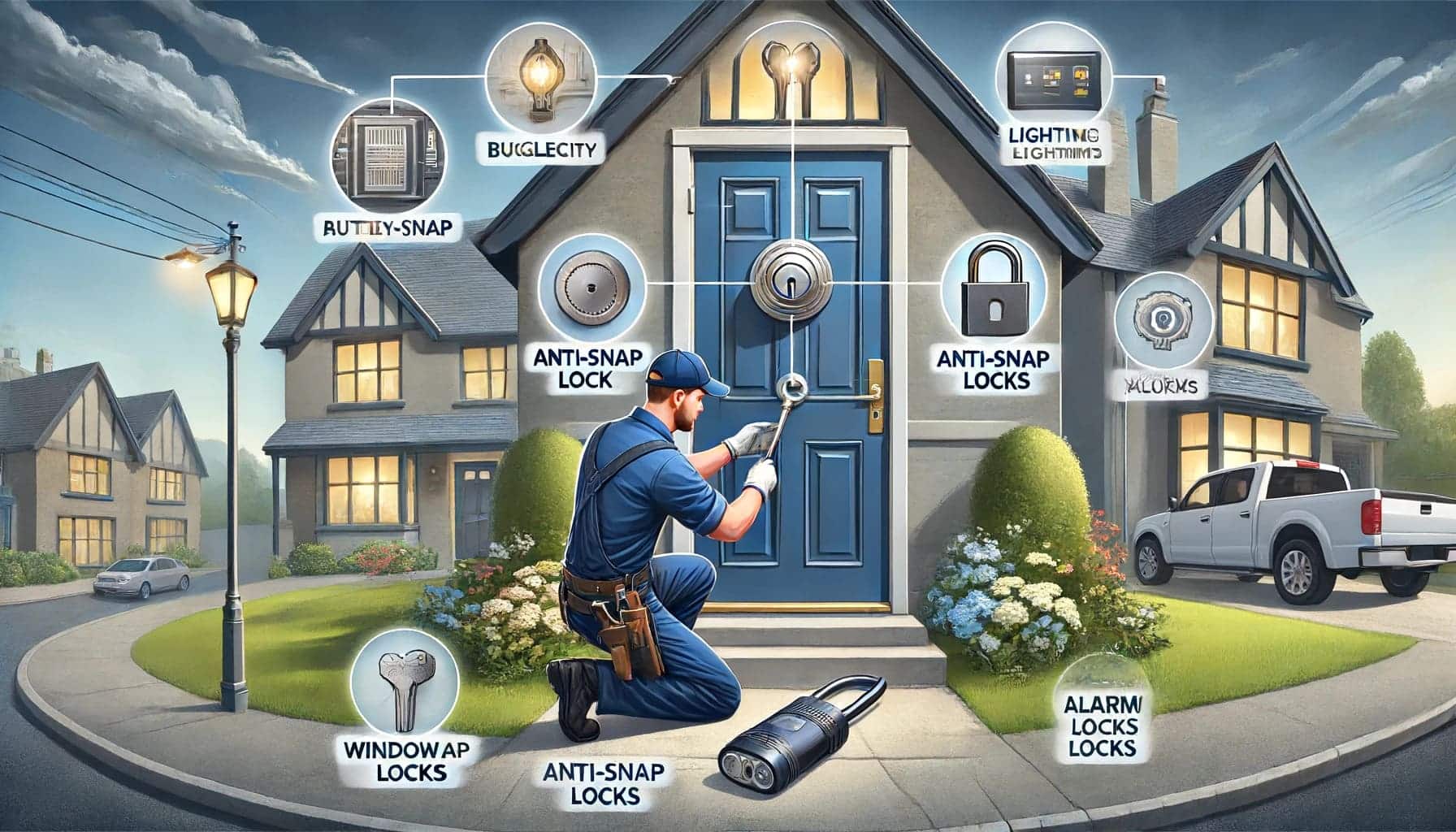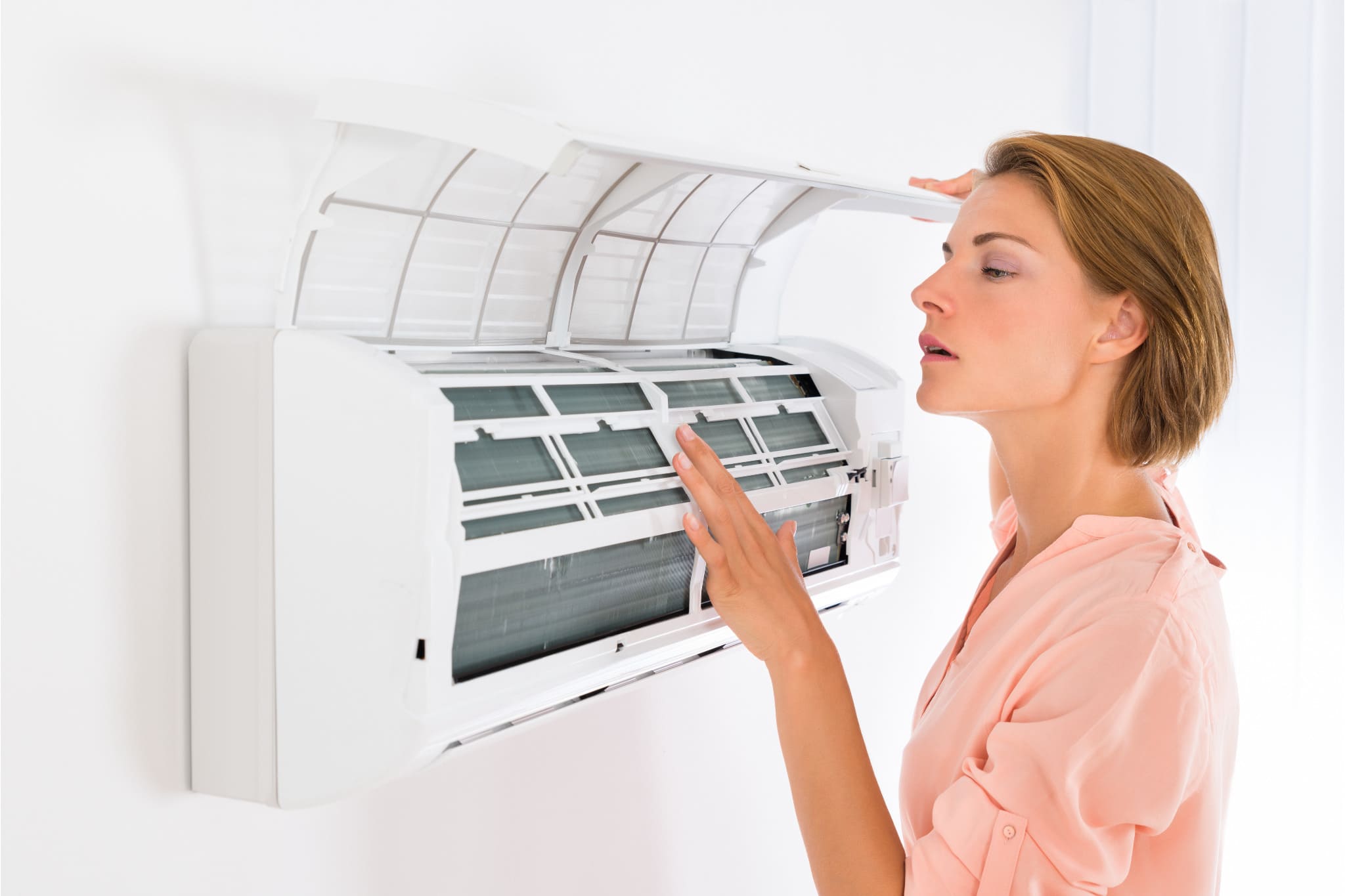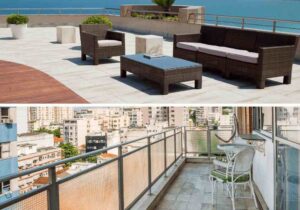Unwrapping the Benefits of House Wrap Over Insulation
Introduction
In the realm of home insulation, the dynamic duo of house wrap and insulation stands as an unbeatable combination, offering homeowners a formidable shield against external elements and energy loss. In this comprehensive guide, we delve into the intricacies of why house wrap over insulation is not just a choice but a necessity for every homeowner looking to enhance energy efficiency, structural integrity, and overall comfort. the Benefits of House Wrap Over Insulation
Understanding the Core Components
House Wrap: A Protective Barrier
House wrap, a lightweight but resilient material, acts as the first line of defense against moisture and air infiltration. It is typically installed over the sheathing and under the exterior siding, creating a protective envelope for your home. The key benefits of using house wrap include:
Moisture Management: House wrap prevents water from seeping into the walls, safeguarding against mold, rot, and structural damage.
Air Infiltration Control: By creating an airtight barrier, house wrap reduces drafts and enhances energy efficiency, leading to lower utility bills.
Insulation: The Thermal Armor
Insulation, on the other hand, focuses on regulating the indoor temperature, keeping your home warm in winter and cool in summer. It is typically installed within the walls, attic, and floors. The advantages of proper insulation are manifold:
Energy Efficiency: Insulation minimizes heat transfer, reducing the workload on heating and cooling systems and, consequently, energy consumption.
Year-round Comfort: A well-insulated home maintains consistent temperatures, ensuring comfort irrespective of external weather conditions.
The Synergy of House Wrap and Insulation
Maximizing Energy Efficiency
The synergy between house wrap and insulation is where the real magic happens. House wrap serves as a protective shield, preventing moisture and air infiltration, while insulation acts as the thermal barrier, keeping the indoor environment cozy. Together, they form an impenetrable fortress, significantly enhancing energy efficiency and reducing the carbon footprint of your home.
Combatting External Elements
Whether it’s rain, wind, or snow, external elements can wreak havoc on your home’s structure. House wrap acts as a resilient shield, preventing water from infiltrating and safeguarding against potential damage. When coupled with insulation, it creates a robust defense mechanism, ensuring your home remains resilient in the face of adverse weather conditions.
Installation Process: Seamless Integration
Professional Installation Matters
To harness the full potential of house wrap over insulation, professional installation is crucial. Certified contractors ensure a seamless integration of these components, guaranteeing optimal performance and longevity. From meticulous sealing to precise insulation placement, every step in the installation process contributes to the overall effectiveness of this dynamic duo.
Cost-Effective Long-Term Investment
Return on Investment
While the initial cost of house wrap and insulation installation may seem significant, the long-term benefits far outweigh the expenses. The energy savings, increased property value, and extended structural lifespan make it a cost-effective investment that pays dividends over time.
Conclusion
In conclusion, the decision to choose house wrap over insulation is not merely a choice—it’s a commitment to fortify your home against external elements, enhance energy efficiency, and ensure year-round comfort. The seamless integration of these two components creates a powerhouse of protection and insulation, transforming your home into a haven of sustainability and resilience.














